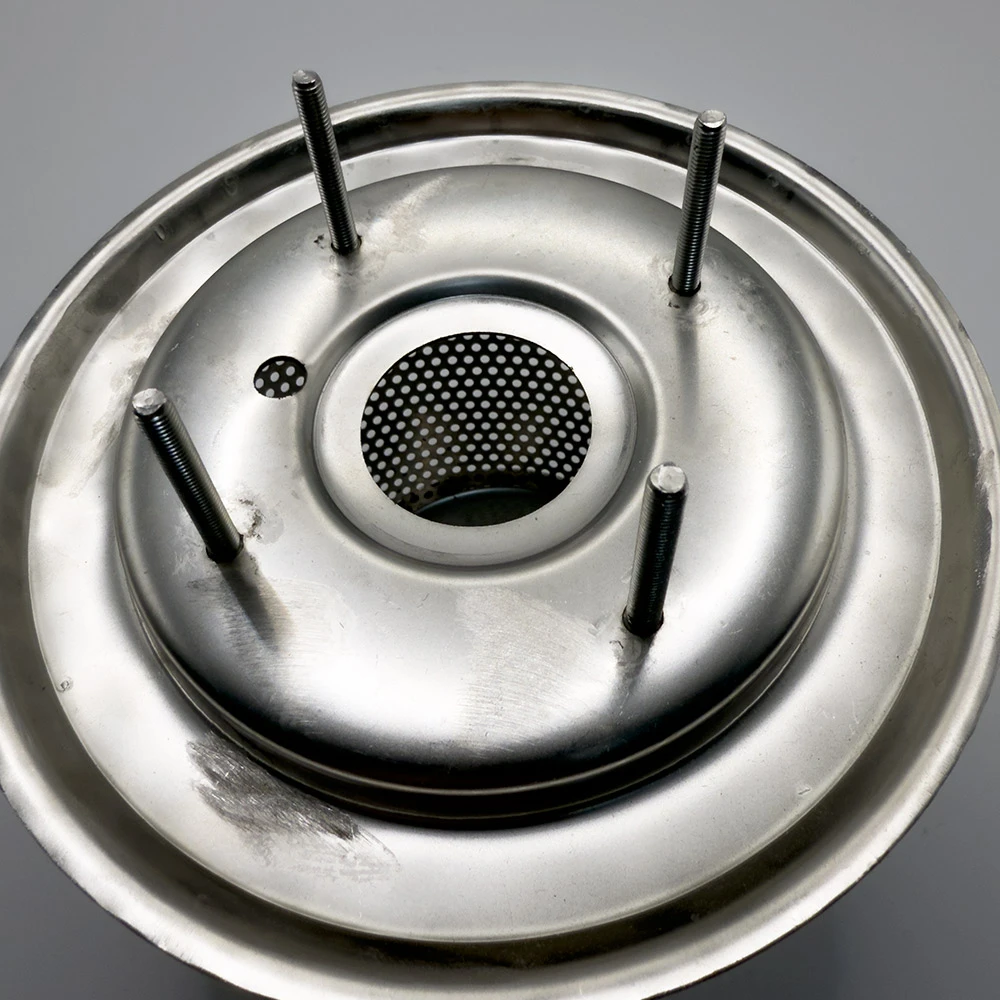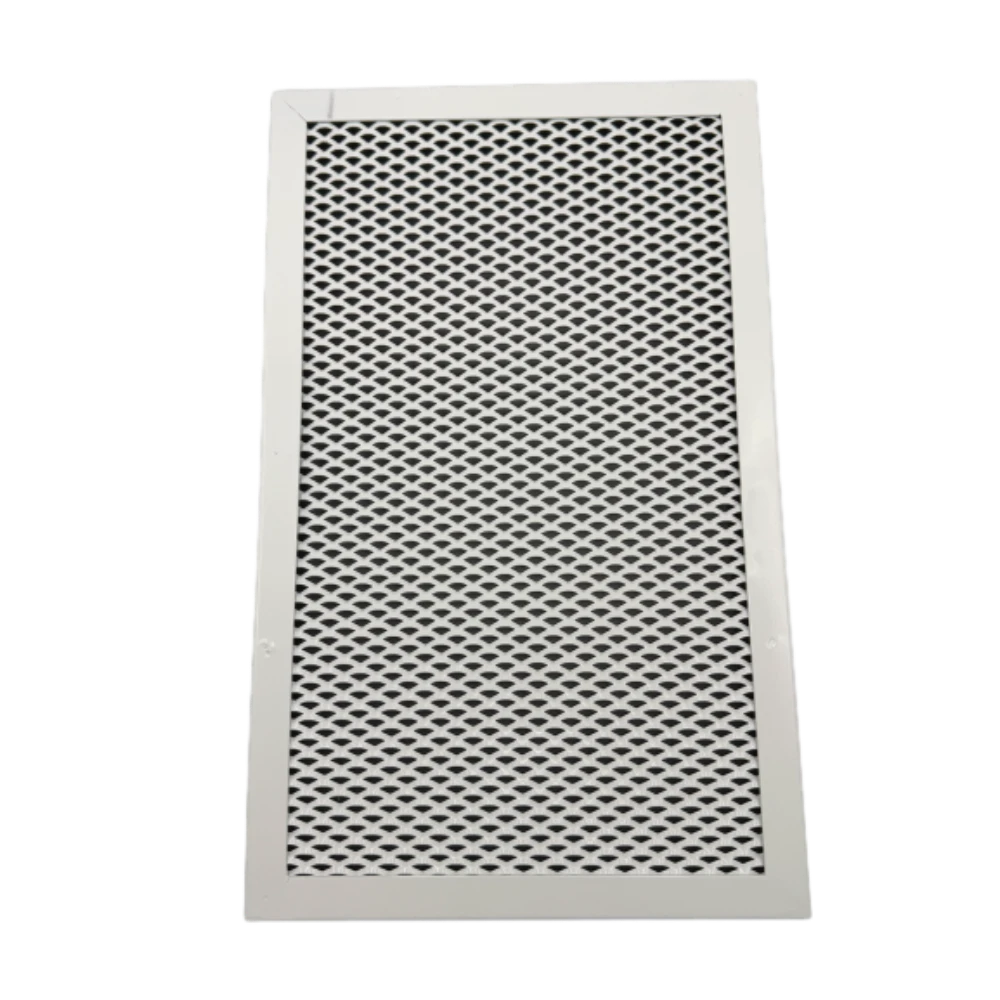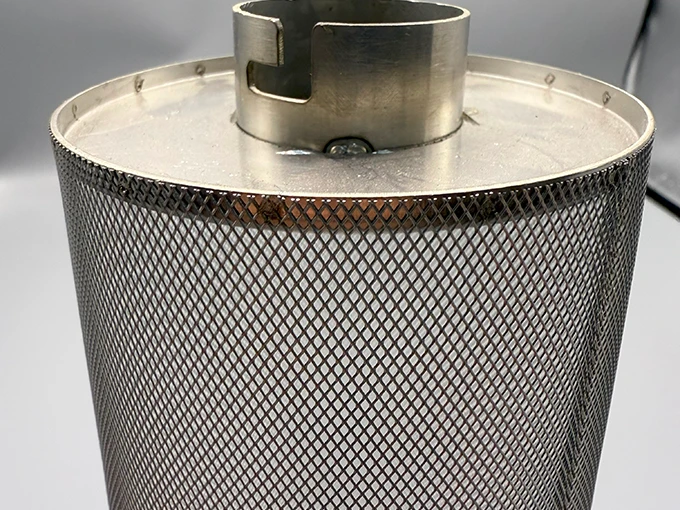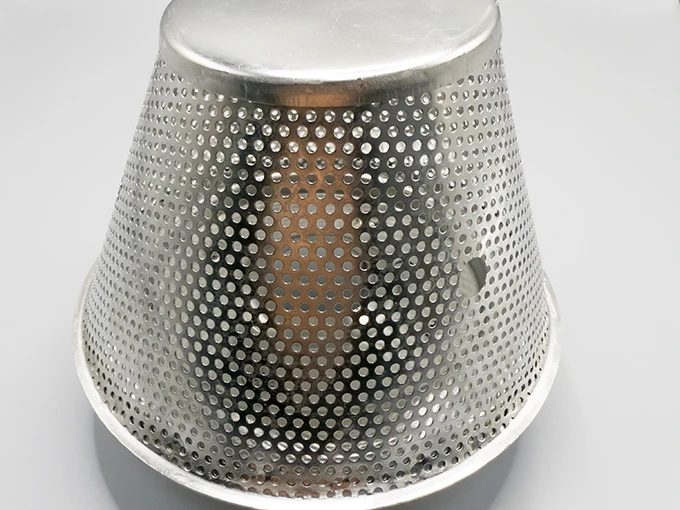- Understanding Mesh Expanded Fundamentals
- Material Data and Performance Characteristics
- Technical Advantages Over Alternatives
- Leading Manufacturers Comparison
- Customization Options and Capabilities
- Real-World Application Case Studies
- Future Potential and Essential Considerations

(mesh expanded)
Understanding Mesh Expanded Fundamentals
Mesh expanded technology transforms solid metal sheets into versatile open-grid patterns through simultaneous cutting and stretching. This mechanical process creates diamond-shaped openings that maintain structural integrity while reducing weight by up to 70% compared to solid sheets. Unlike woven alternatives, expanded mesh emerges as a single continuous piece with exceptional bond strength, eliminating unraveling concerns. The technique dates back to industrial revolution-era innovations but has evolved substantially, now serving demanding modern sectors from aerospace to architectural design with standardized production procedures meeting ASTM, ISO, and DIN specifications.
Material Data and Performance Characteristics
| Material |
Tensile Strength (MPa) |
Weight Reduction |
Maximum Operating Temp |
Corrosion Resistance |
| Stainless Steel |
515-827 |
50-70% |
870°C |
Excellent |
| Aluminum |
90-300 |
60-75% |
400°C |
Good |
| Titanium |
240-1280 |
45-65% |
600°C |
Exceptional |
Material science reveals expanded mesh delivers superior strength-to-weight ratios essential for weight-critical applications. Stainless steel grades dominate industrial settings, constituting nearly 65% of global demand according to Smithers research data. Aluminum variants provide conductivity advantages, while titanium mesh serves specialized aerospace needs. Performance metrics remain predictable due to uniform strand dimensions created during expansion, with mechanical properties maintaining 98% correlation to original sheet specifications. This consistency ensures reliability for structural components where failure margins often exceed 5:1 safety factors.
Technical Advantages Over Alternatives
Compared to perforated metals and woven meshes, expanded alternatives demonstrate distinct engineering benefits. The continuous material structure provides 40% greater resistance to edge fraying according to ASM International testing protocols. Elimination of welds and joints reduces failure points while maintaining material grain continuity, enhancing fatigue resistance by approximately 30% in cyclical loading scenarios. Surface permeability ranges from 20% to 80%, allowing precise air/fluid flow control without compromising structural requirements. Furthermore, minimal waste production during manufacturing creates significant sustainability advantages – typical expansion processes utilize over 95% of raw materials compared to punching operations that discard up to 45% as scrap.
Leading Manufacturers Comparison
| Manufacturer |
Production Capacity |
Material Variety |
Thickness Range (mm) |
Industry Certifications |
| Dexmet Corporation |
6 million ft²/month |
22 alloys |
0.025-6.0 |
AS9100, ISO 9001 |
| Expanded Metal Company |
3.8 million ft²/month |
15 alloys |
0.5-12.0 |
ISO 14001, OSHA VPP |
| Nazdar Technologies |
2 million ft²/month |
12 alloys |
0.1-4.5 |
ISO 9001 |
Industrial leaders differentiate through material science expertise and processing capabilities. Dexmet excels in ultra-thin conductive meshes for battery applications, while Expanded Metal Company specializes in structural architectural systems. Third-party validation confirms significant throughput variations influence lead times – high-capacity facilities reduce production durations by 10-14 days for bulk orders. Certification requirements increasingly dictate supplier selection, particularly for defense contractors requiring ITAR compliance. Recent McKinsey analysis indicates manufacturers offering CAD modeling support secure 28% more premium contracts due to integration efficiency improvements.
Customization Options and Capabilities
Precision tooling enables extensive customization of expanded metal mesh, with pattern geometries adjusted to exact specification. Strand width tolerance achieves ±0.005 inches for specialized filtration applications while opening dimensions maintain consistent ±2% variation. Material composition modifications include proprietary corrosion-resistant coatings that extend service life by 3-5 years in coastal environments. Forming techniques allow radial expansions or compound curves with radii as tight as 1.5x material thickness without distortion. Secondary processing options encompass CNC cutting (±0.010 inch accuracy), specialized edge preparations, and surface treatments such as non-reflective matte finishes for military applications. Recent innovations permit integrated fastener points directly formed within the mesh structure, eliminating welding requirements.
Real-World Application Case Studies
Aerospace: Boeing integrated titanium expanded mesh in 787 Dreamliner engine nacelles, reducing component weight by 62% while maintaining required acoustic dampening properties. Automotive: Tesla utilizes aluminum mesh expanded
ventilation systems in battery packs, achieving 40% better thermal regulation than previous stamped designs. Architecture: The Beijing Daxing Airport features 8,500m² of stainless steel expanded mesh facades, reducing solar heat gain by 34% according to post-occupancy studies. Industrial: Chevron implemented corrosion-resistant nickel alloy meshes in refinery filtration systems, increasing service intervals from 6 to 18 months while capturing 99.8% particulate matter at flow rates exceeding 90m/s. Each solution demonstrated 12-18 month ROI timelines despite premium material costs.
Future Potential and Essential Considerations
Expanded mesh solutions continue evolving as advanced materials become commercially viable. Research institutions including MIT are exploring graphene-enhanced metal meshes for unprecedented conductivity-strength ratios. Industry 4.0 integration enables real-time production monitoring with less than 0.5% dimensional variance across continuous runs. Material selection remains critical - recent FAA studies recommend 316L stainless steel for saltwater environments where alternatives show 300% faster corrosion rates. Ongoing innovations in fatigue resistance promise longer service cycles in vibration-intensive applications. Proper installation remains paramount: ASTM E2018-19 specifies clearance requirements that prevent galvanic corrosion. Ultimately, understanding thermal expansion coefficients relative to supporting structures prevents performance compromises, ensuring mesh expanded applications achieve optimal durability throughout projected 25+ year service lifespans.

(mesh expanded)
FAQS on mesh expanded
Here are 5 FAQ groups formatted as requested, focusing on "mesh expanded" and related :
Q: What is expanded metal mesh primarily used for?
A: Expanded metal mesh is used for industrial grating, machine guards, and architectural facades. Its diamond-shaped openings provide strength while allowing airflow and visibility. Common applications include walkways, fences, and filtration screens.
Q: How does expanded metal differ from woven mesh?
A: Expanded metal mesh is slit and stretched from a single metal sheet, creating a seamless pattern. This process eliminates waste and produces a rigid, non-raveling structure. Woven mesh interlaces separate wires, offering more flexible but less sturdy configurations.
Q: Can mesh expanded metal be customized?
A: Yes, metal mesh expanded products can be customized in thickness, strand width, and opening size. Materials like stainless steel, aluminum, or galvanized steel suit different environments. Special shapes and coatings are also available for specific project needs.
Q: What are key benefits of using expanded mesh?
A: Mesh expanded provides high strength-to-weight ratio, ventilation, and slip resistance. Its open design allows light/airflow while reducing material costs versus solid sheets. Durability and low maintenance make it ideal for harsh industrial settings.
Q: How is expanded metal mesh installed securely?
A: Install mesh expanded panels via welding, bolting, or specialized clamps to support structures. Edge framing is recommended for large spans to prevent sagging. Always ensure load calculations match the mesh's gauge and opening specifications.


















![$item[title] $item[alt]](https://www.ccmetalmesh.com/images/cc-7691.webp)

